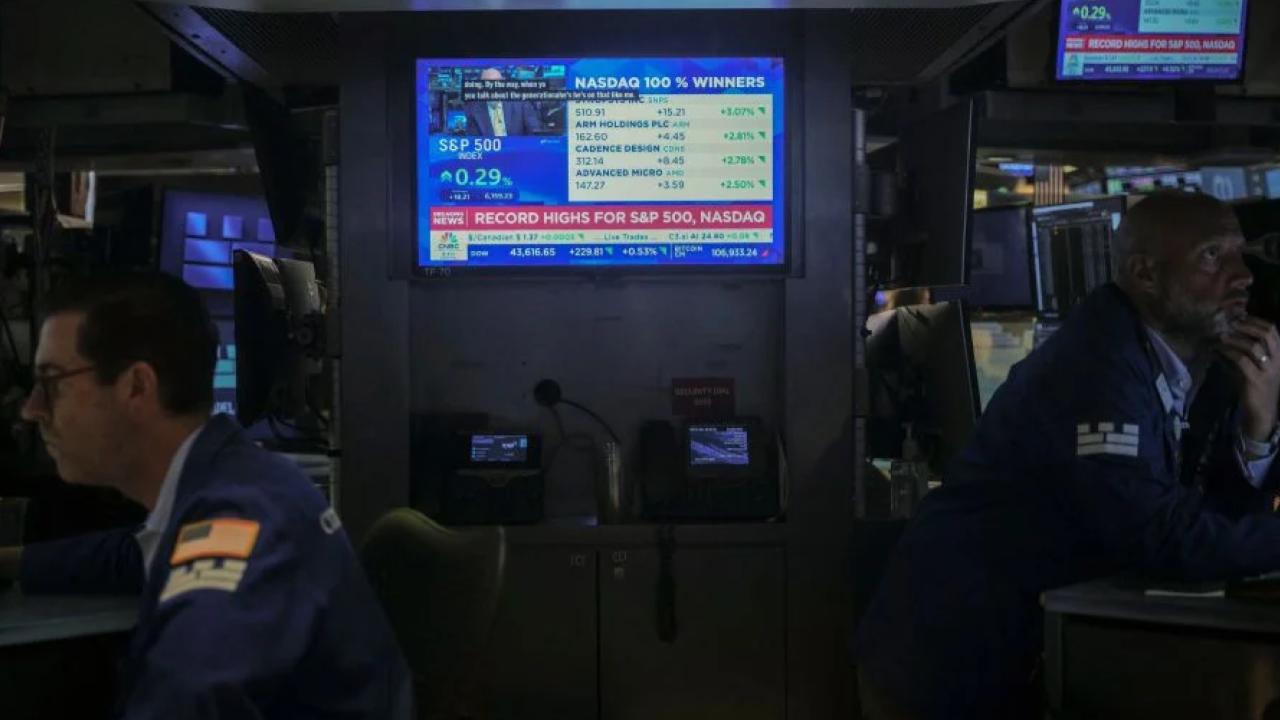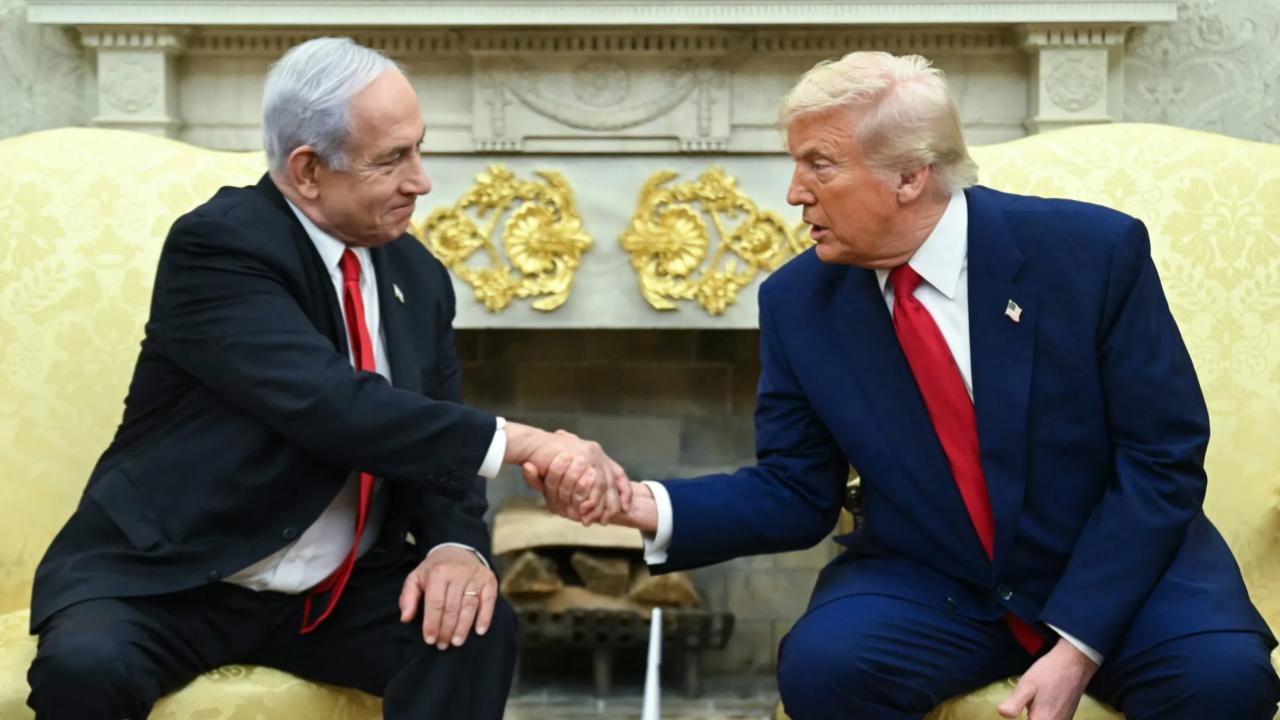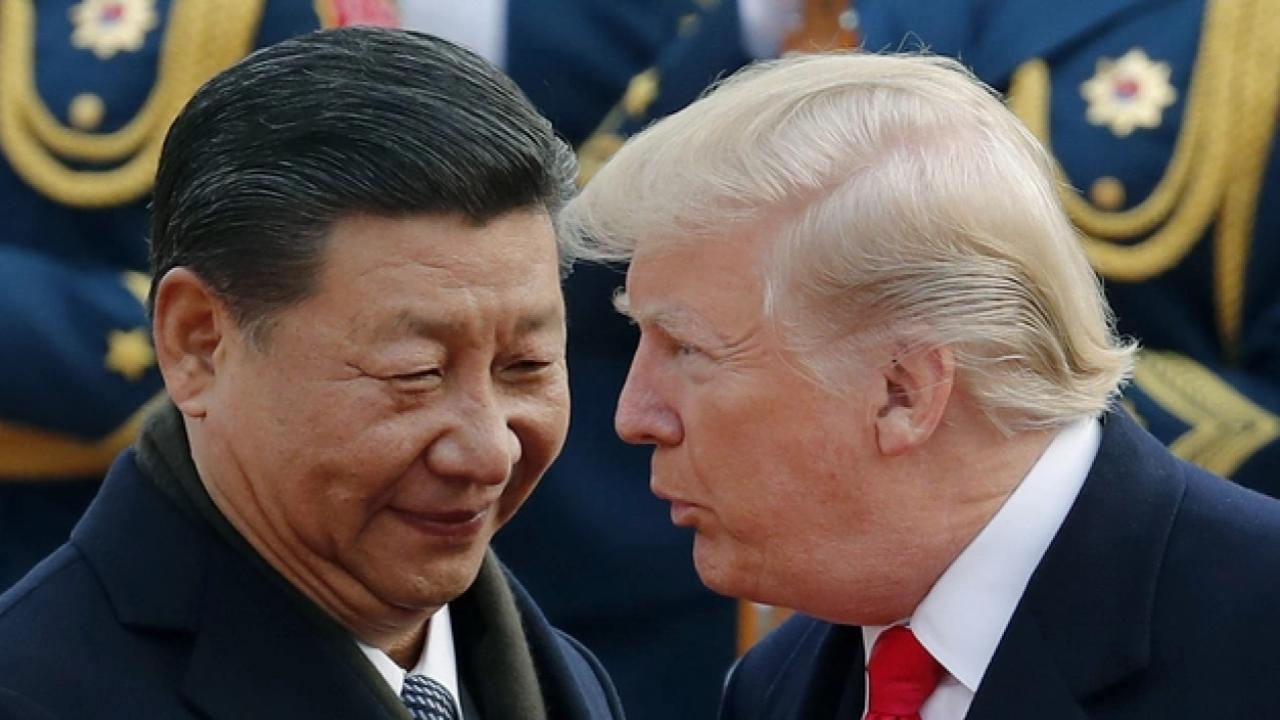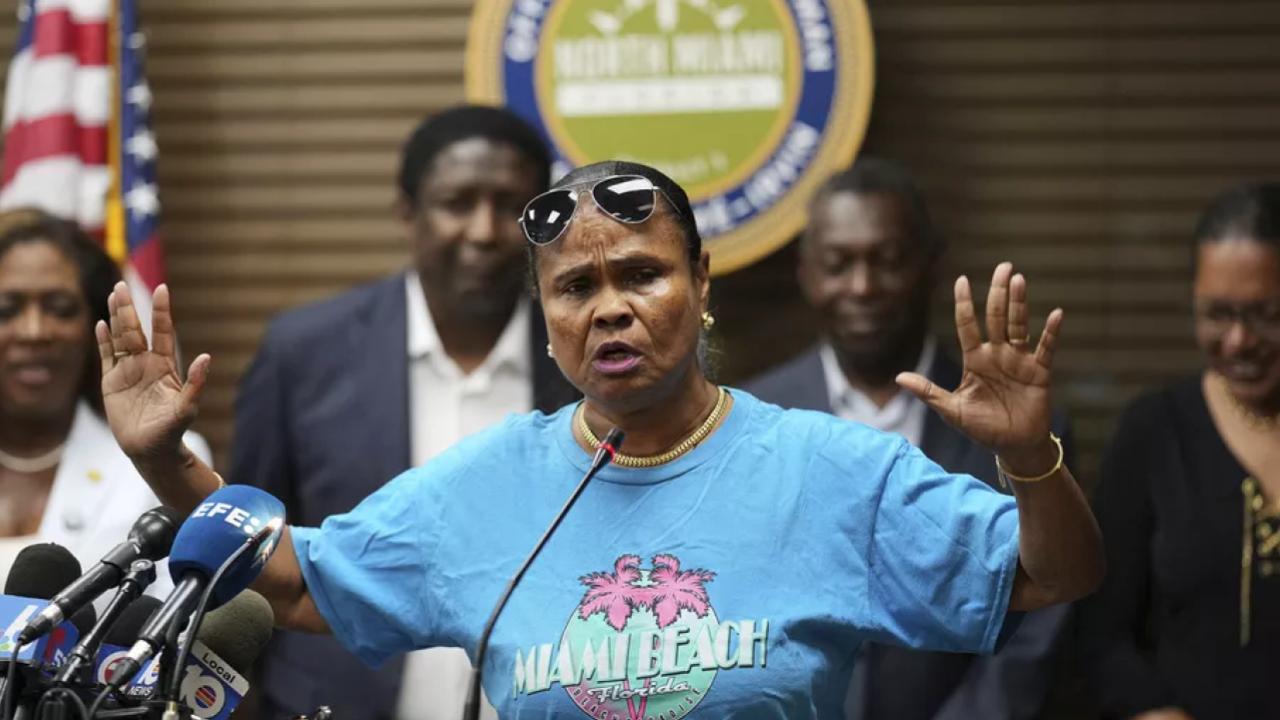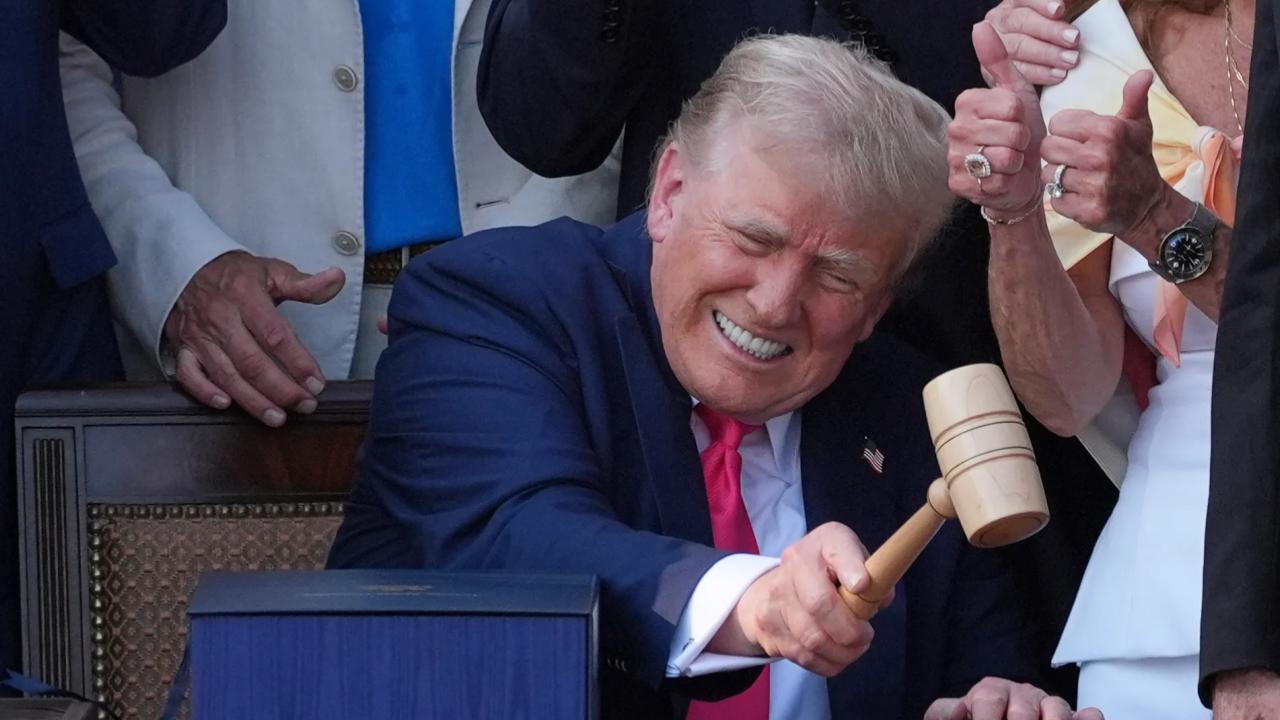The United States may soon ink a major trade agreement with India, according to President Donald Trump. But in the same breath, he signaled that any such breakthrough with Japan is unlikely—and warned that punitive tariffs could follow. Here’s what you need to know about Trump’s trade brinkmanship ahead of a fast-approaching July 9 deadline.
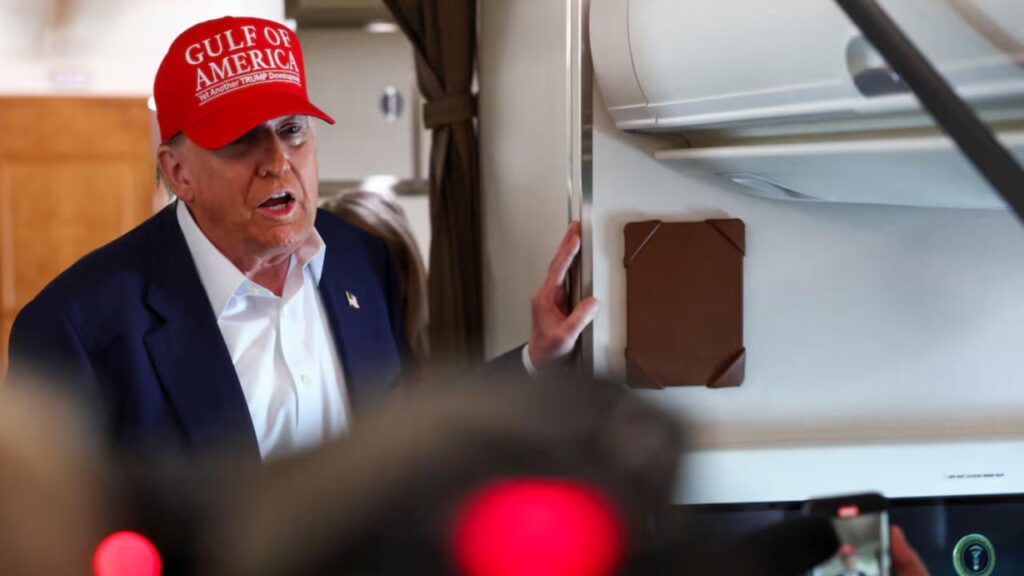
Trump Hints at Major U.S.-India Trade Deal
| Takeaway | Stat |
|---|---|
| India deal may avert 17% tariff hike | Tariffs on U.S. auto parts, steel, and farm goods could jump from 10% to 27% |
| Japan could face new tariffs | Trump floated 30–35% tariffs if no deal is reached |
| India’s export value at risk | 87% of Indian goods to U.S. (worth $66B/year) affected by current talks |
Trump is playing hardball on trade once again, using a looming July 9 deadline as leverage. India appears close to a deal that could reshape their trade ties. Japan, however, looks to be on a collision course with tariffs. As the clock ticks, the world is watching.
India: A “Very Close” Deal in Sight
Speaking aboard Air Force One, Trump called an India trade deal “very close,” noting that negotiators are narrowing differences on key issues like industrial tariffs, agriculture, and dairy exports. Treasury Secretary Scott Bessent confirmed that an agreement could come before July 9—a date when existing tariff waivers expire.
India’s External Affairs Minister, S. Jaishankar, described the negotiations as “very intricate,” saying New Delhi is pushing to safeguard sensitive sectors while also expanding market access for its exporters. “Both sides want this. It’s a matter of aligning interests and timelines,” said Jaishankar in a press briefing Monday.
Trump has long courted Indian Prime Minister Narendra Modi, describing the relationship as one of the most “strategic and friendly” among world leaders.
Japan: Talks Hit a Wall
In sharp contrast, Trump poured cold water on a potential deal with Japan. He accused Tokyo of dragging its feet, especially around opening its agriculture markets to U.S. rice and meat exporters. Japanese officials have held firm. Chief Cabinet Secretary Yoshimasa Hayashi reiterated Japan’s stance: “We will not compromise our agricultural protections or the structural integrity of our export economy.”
Trump even floated the idea of slapping new tariffs of up to 35% on Japanese imports, particularly automobiles, if talks don’t move forward by July 9. “They’re not giving us anything,” Trump said. “So why should we keep giving them everything?” That rhetoric is rattling Tokyo and international investors, as markets begin pricing in a higher chance of a trade spat.
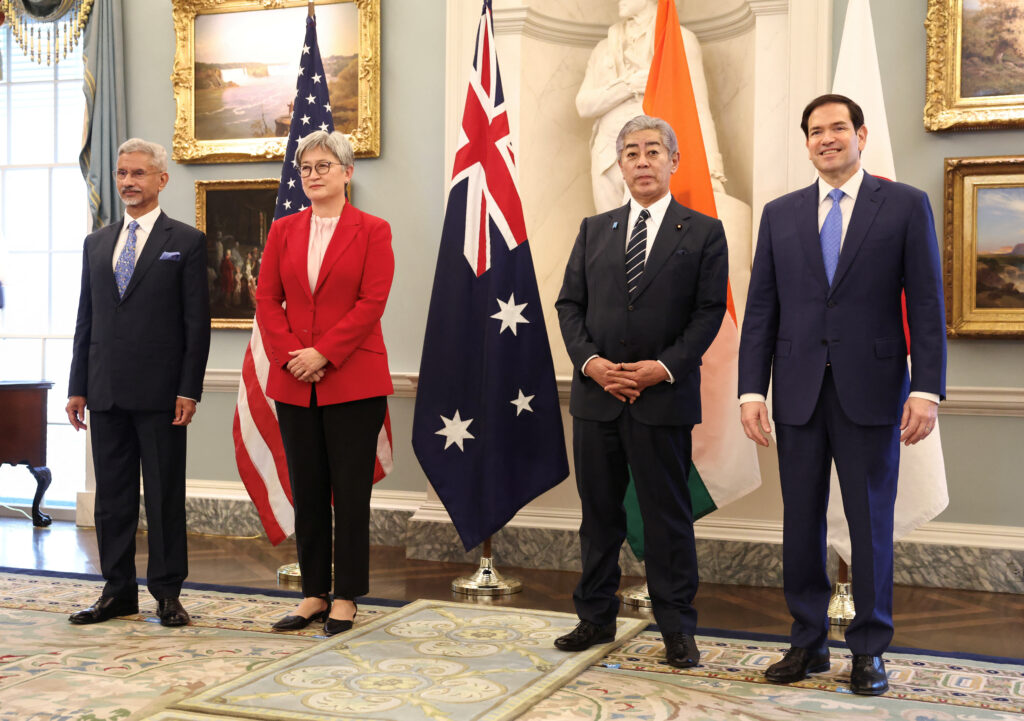
Deadline Drama: July 9 Approaches
Trump made it clear: there’s no extension coming. Countries must finalize agreements by July 9 or face stiff tariffs. The administration plans to issue individual notifications, a process already underway according to insiders at the U.S. Trade Representative’s office.
The market impact has been swift. The dollar dipped slightly on the news, while Indian stocks rose on optimism that a deal would ease trade tensions. Japanese equities, on the other hand, took a hit. As someone who’s tracked U.S. trade talks since the early NAFTA days, this dynamic feels familiar: tough talk, looming deadlines, and strategic leaks designed to coax concessions.
Why Prioritize India Over Japan?
1. Flexibility in Talks: India is offering wiggle room on dairy and medical devices. Japan remains rigid, especially around rice and autos.
2. Political Optics: Trump has invested in the Modi relationship. Photo-ops and joint pressers play well to both nations’ voters.
3. Economic Stakes: U.S. exporters see India as a fast-growing market, especially in energy, defense, and tech. Japan’s economy is more mature and less dependent on U.S. imports.
What’s Next?
- For India: A “mini-deal” could be signed within days, covering tariffs, IP protections, and digital trade standards.
- For Japan: Expect last-minute overtures—but also real risk of tit-for-tat tariffs if no deal emerges.
- For the U.S.: Trump is aiming to frame these moves as economic wins, ahead of both the tariff deadline and the election cycle ramp-up.


